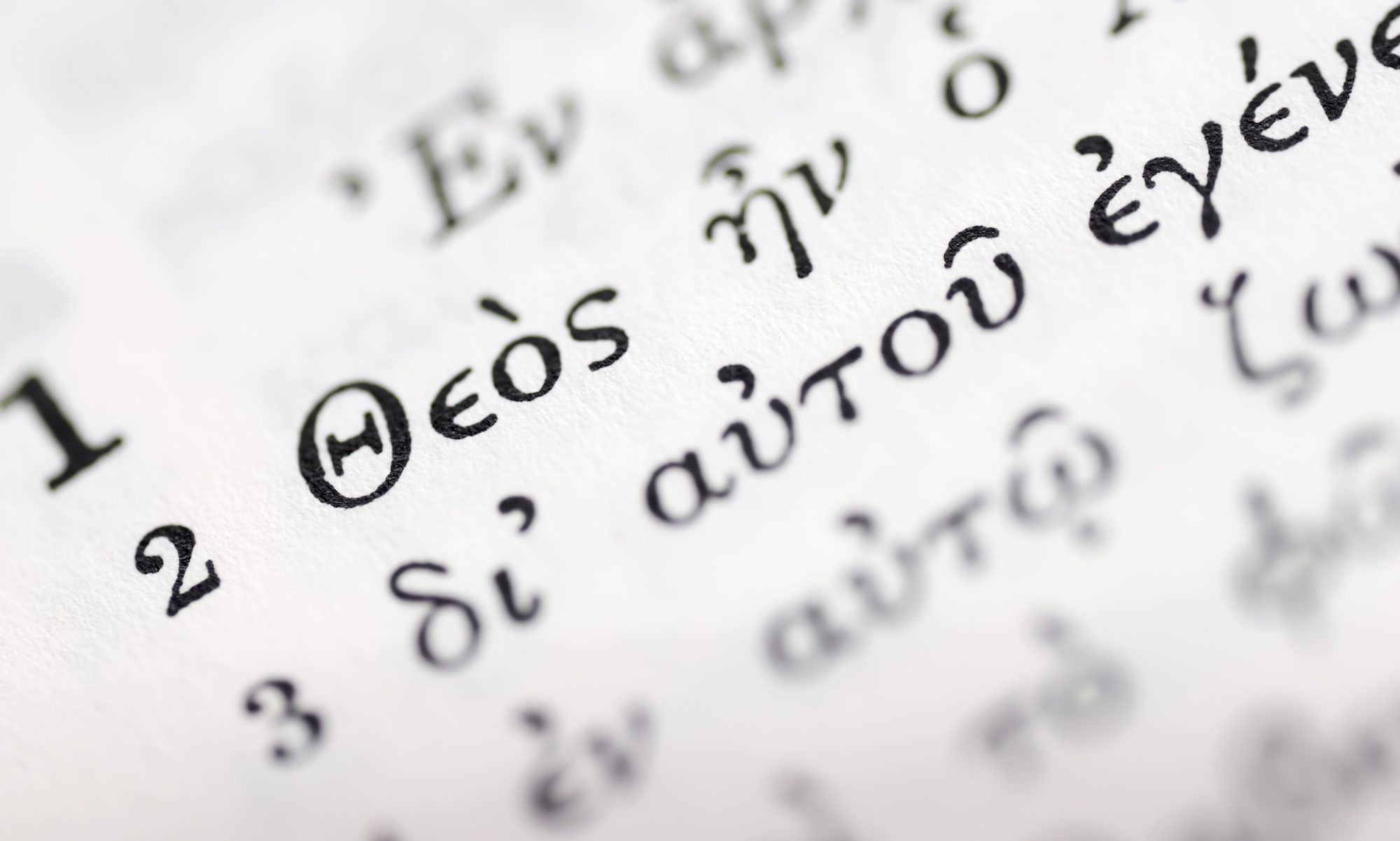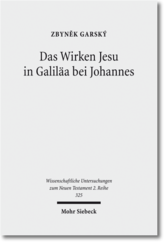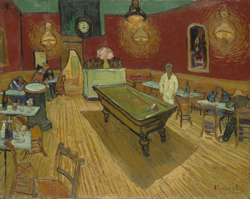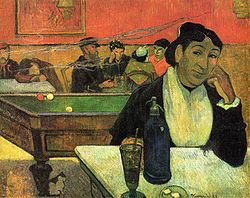Buch

Zbyněk Kindschi Garský & Rainer Hirsch-Luipold (Hgg.), Christus in natura. Quellen, Hermeneutik und Rezeption des Physiologus, Studies of the Bible and Its Reception (SBR) 11, Berlin/Boston: De Gruyter 2019, https://doi.org/10.1515/9783110494143 (Open Access).
Abstract: Was hat der Pelikan mit Christus zu tun oder das Einhorn mit der Jungfrau Maria? Der Physiologus, eine ursprünglich in griechischer Sprache in Ägypten abgefasste frühchristliche Schrift, bietet unter Aufnahme biblischer wie paganer Motivik und Naturlehre eine christliche Gesamtdeutung der Natur. Über mittelalterliche Bestiarien findet die Symbolik des Physiologus Eingang in Kunst, Literatur und Heraldik. Die Bedeutung einer solchen christologisch grundgelegten Bildsprache bleibt indes heutzutage vielfach rätselhaft. Im vorliegenden Band wird die Schrift mit ihren Quellen, ihren onto-theologischen Grundlagen und ihren Deutungsmethoden sowie ihrer Rezeption breit interdisziplinär ausgeleuchtet (antike Naturkunde, altorientalische und biblische Bildwelt, Septuaginta, Kirchenväterliteratur, Rezeption in Kunst und Musik, Handschriftenkunde), um so zu einem historischen Verständnis christlicher Tiersymbolik beizutragen. Ein besonderes Augenmerk liegt auf der berühmten illuminierten Berner Physiologus-Handschrift, die vollständig abgedruckt wird.
English
Zbyněk Kindschi Garský & Rainer Hirsch-Luipold (Eds.), Christus in natura. Hermeneutics and Reception of the Physiologus, Studies of the Bible and Its Reception (SBR) 11, Berlin/Boston: De Gruyter 2019, https://doi.org/10.1515/9783110494143 (Open Access).
Abstract: This volume offers detailed studies into the Physiologus, a Greek manuscript probably written in Egypt in the 2nd century CE. The Physiologus was the first Christian text to sum up a general understanding of nature using biblical and pagan sources and it has an extensive reception history throughout the medieval period. Its symbolic use of animals and plants, etc., has deeply influenced visual arts, literature, and heraldry, but this visual language often remains enigmatic. This book, going back to a project of the Swiss National Foundation (Das ‹Evangelium der Natur›. Der griechische Physiologus und die Wurzeln der frühchristlichen Naturdeutung) offers new insights into the origins and the interpretation of this symbolic language.

 Das erste Zeichen Jesu bei Johannes und seine zweite Bedeutung, in:
Das erste Zeichen Jesu bei Johannes und seine zweite Bedeutung, in: 

